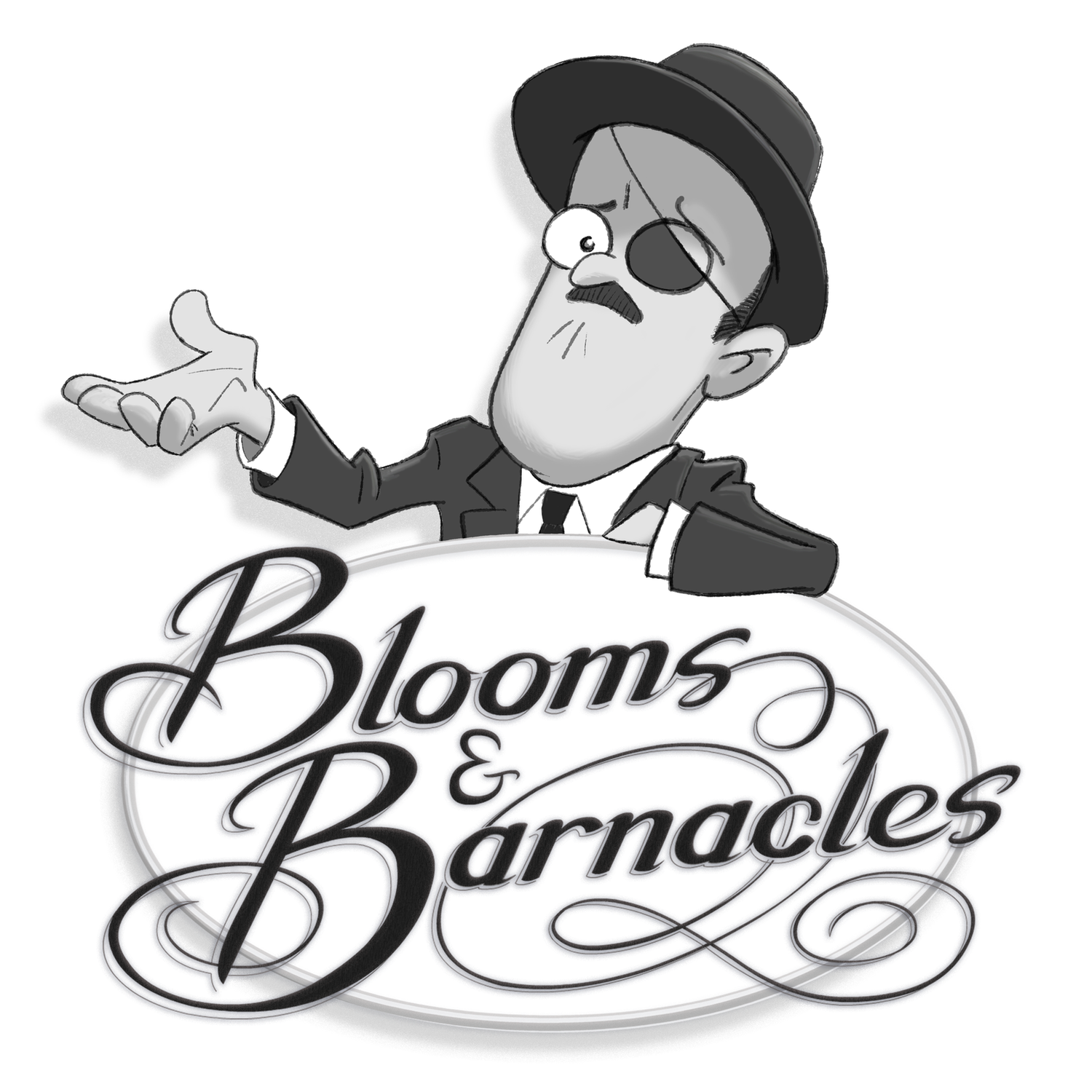Ep. 166 - Synge
Why do we always fight most with the people we have the most in common with?
Topics in this episode include James Joyce’s fraught relationship with playwright John Millington Synge, the way Synge shows up in Ulysses, in-jokes about Yeats that made it into Ulysses, Synge’s artistic work and why Joyce took issue with it, Synge’s connection to the Aran Islands, Synge’s eccentricities, pampooties, Joyce and Synge in Paris, Oisín and Patrick, Joyce and Synge as the personification of the duality found in “Scylla and Charybdis,” why Synge is not like Aristotle, why Joyce is bourgeois, Joyce’s Italian translation of Riders to the Sea, riots in response to The Playboy of the Western World, and Joyce’s ultimate appreciation of Synge’s work.
Support us on Patreon to get episodes early, and to access bonus content and a video version of our podcast.
On the Blog:
The Chap that Writes like Synge
Blooms & Barnacles Social Media:
Facebook | BlueSky | Instagram
Subscribe to Blooms & Barnacles:
Apple Podcasts | Spotify | YouTube
Further Reading:
Budgen, F. (1972). James Joyce and the making of Ulysses, and other writings. London: Oxford University Press. Retrieved from https://search.library.wisc.edu/digital/AMF2PZFZHI2WND8U
Ellmann, R. (1959). James Joyce. Oxford University Press.
Gifford, D., & Seidman, R. J. (1988). Ulysses annotated: Notes for James Joyce's Ulysses. Berkeley: University of California Press. Retrieved from https://tinyurl.com/vy6j4tk
Gogarty, O. (1937). As I was going down Sackville Street. London: Rich & Cowan Ltd. Retrieved from https://archive.org/details/asiwasgoingdowns0000oliv/page/288/mode/2up
Kellogg, R. (1974). Scylla and Charybdis. In C. Hart & D. Hayman (eds.), James Joyce’s Ulysses: Critical essays (147-179). Berkeley: University of California Press. Retrieved from https://tinyurl.com/wu2y7mg


